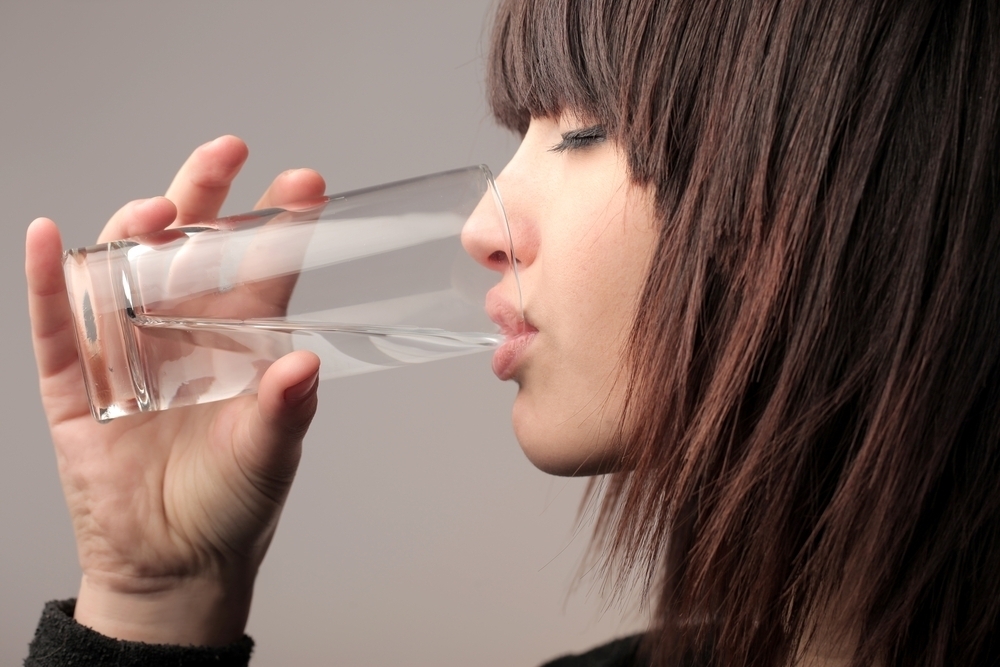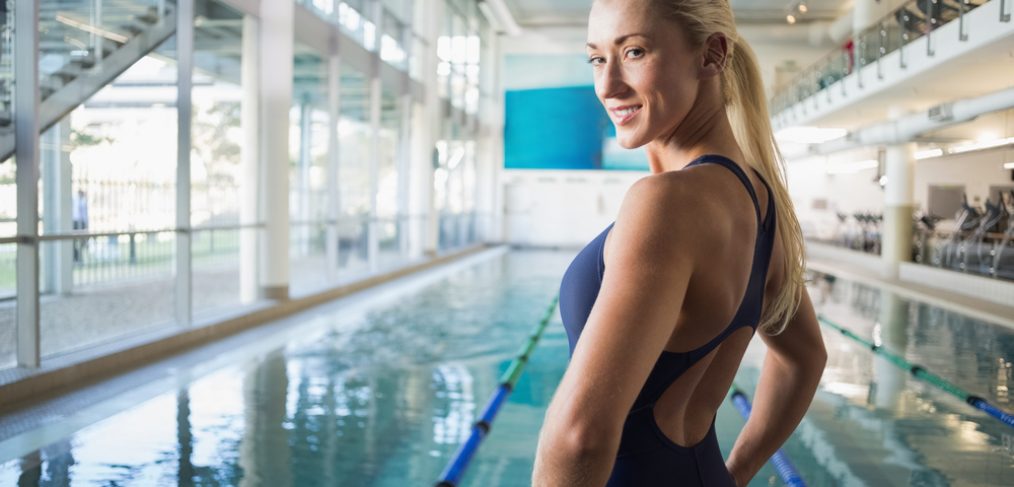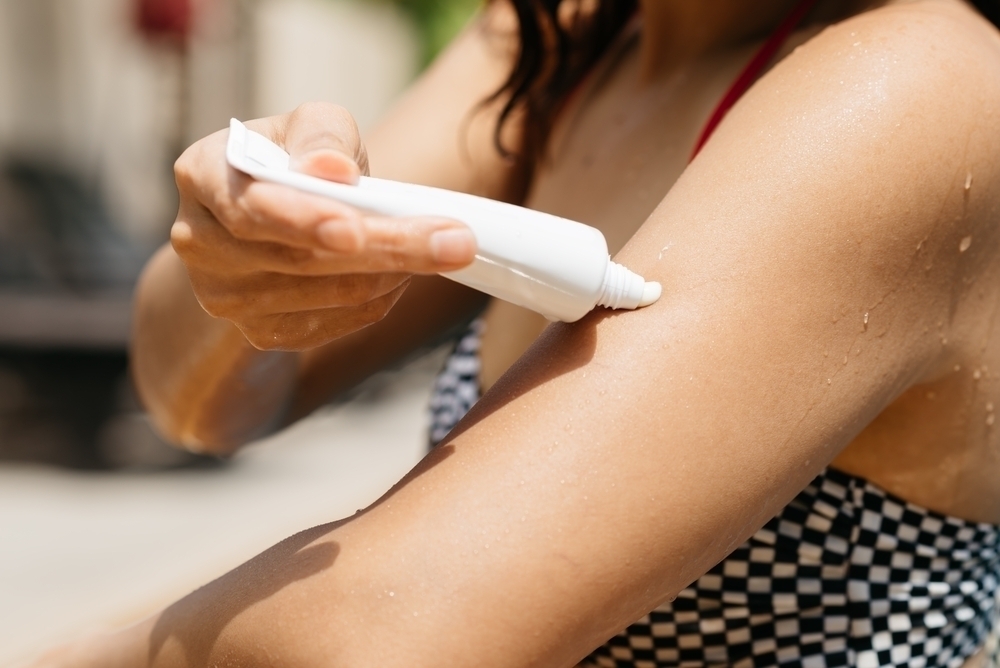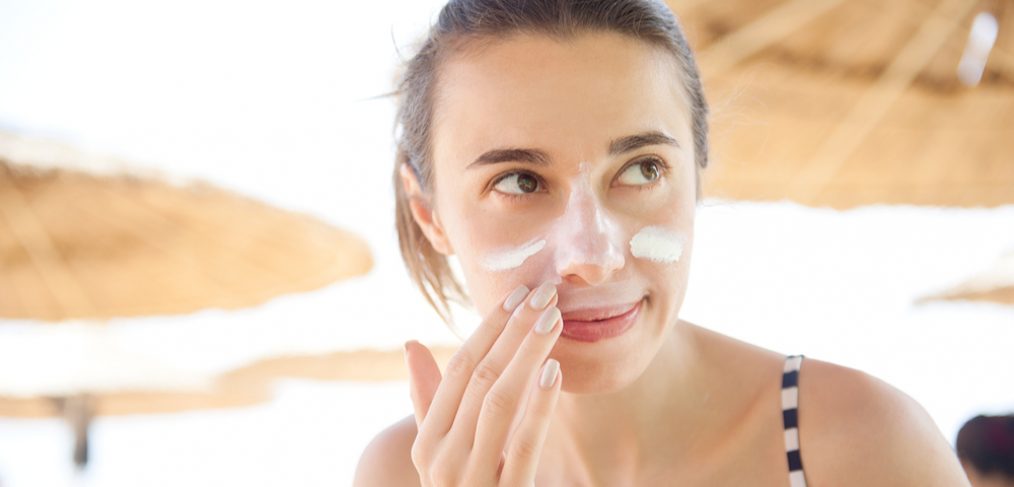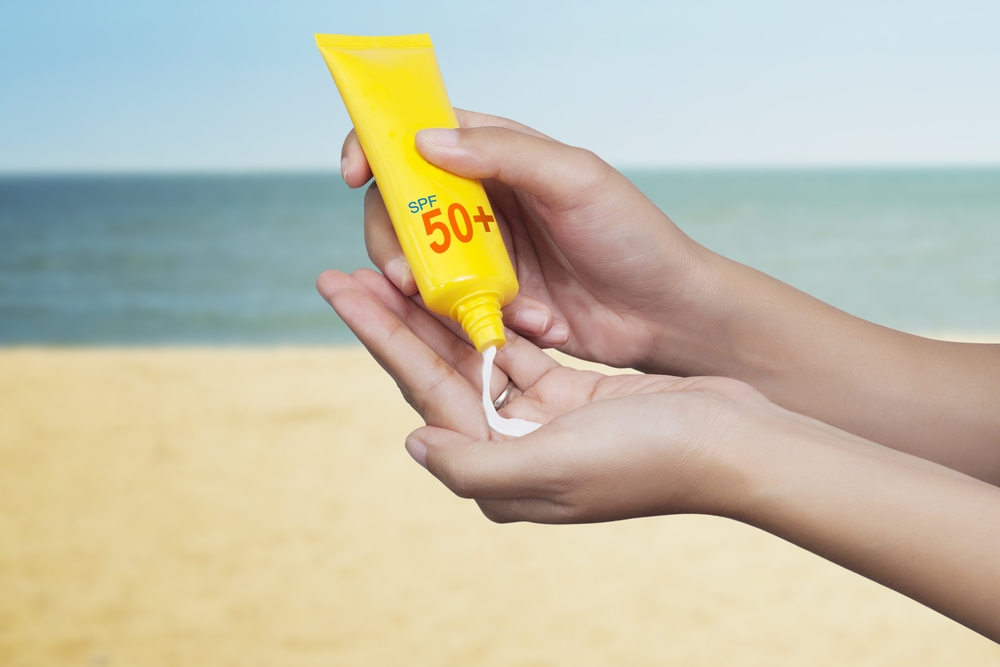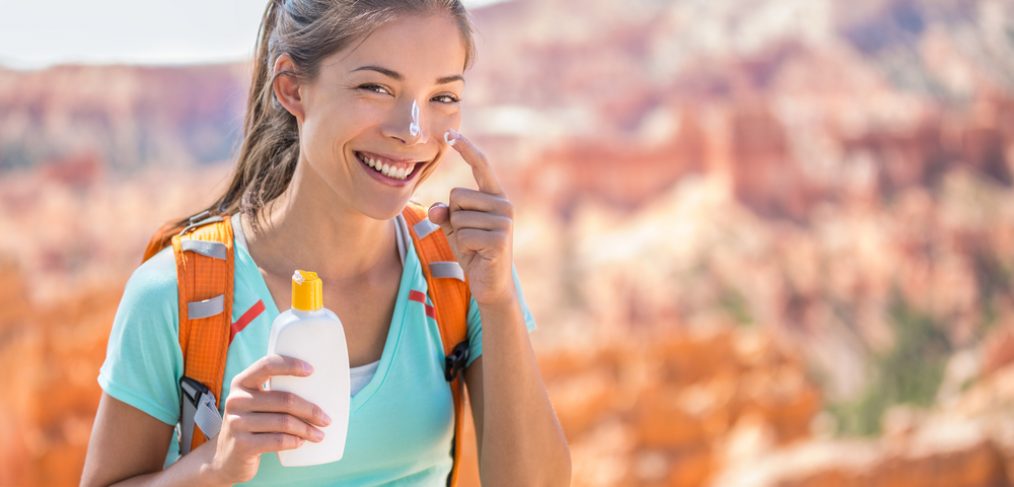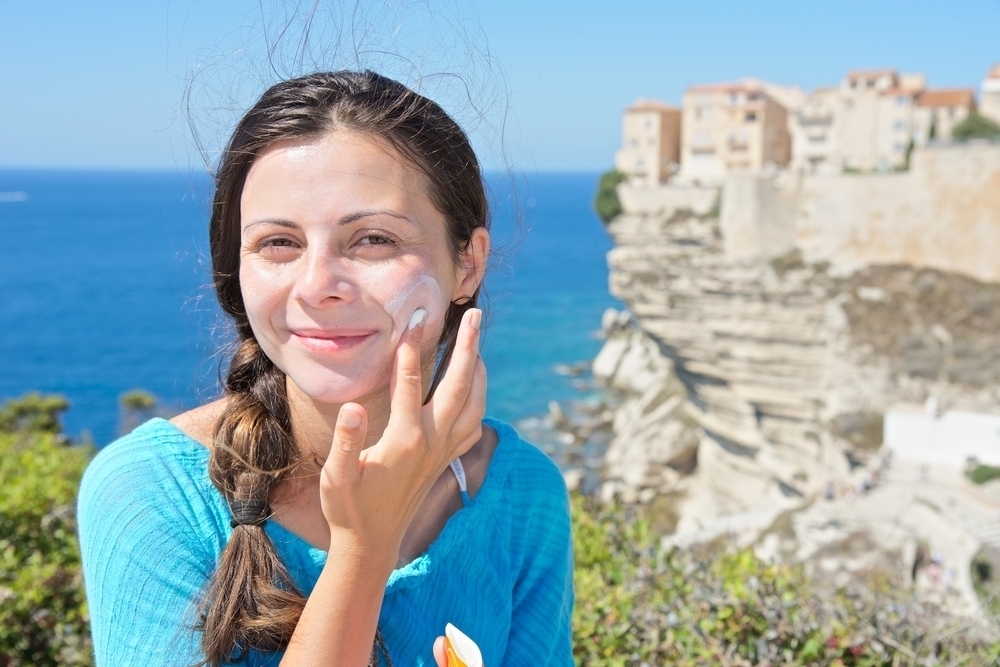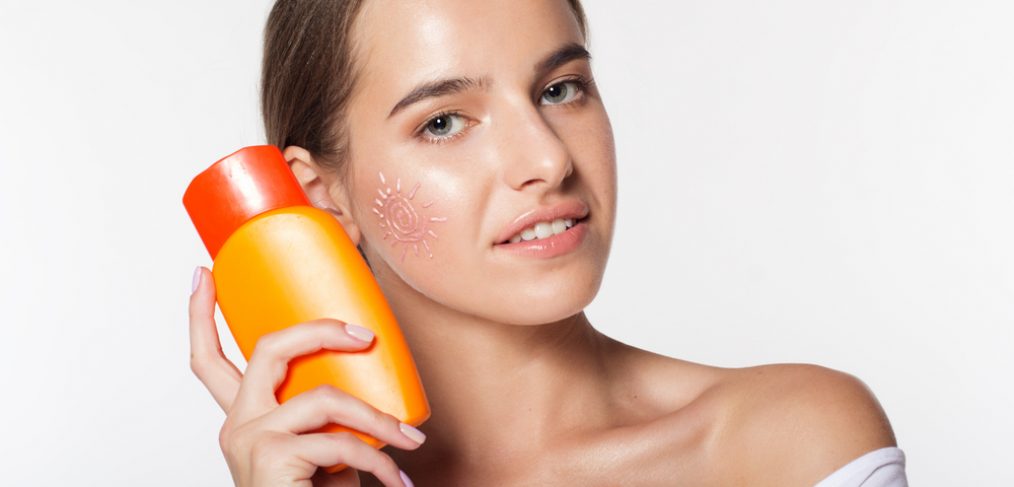Do you ever feel like you just want to trade in your aging skin for a fresh, youthful coat? Well, with the direction science is headed in, you might just be able to do that…well, kind of. On a small scale, at least. We’re talking small patches of synthetic skin you can get for those rough patches on your elbows, or maybe for the acne scars on your cheek, or…you get the idea. Let’s talk about this revolutionary new emerging technology, how it works, and how it can help you.
It’s Harder Than You Might Think
Right about now, you might be thinking “artificial skin can’t be that difficult, why did it take this long?” Well, the truth is that it’s not nearly that simple, and designing synthetic skin that actually works is, in fact, quite complicated. It needs to be able to act as a protective barrier while still being breathable, the synthetic skin can’t be toxic itself, and it has to have the same amazing strength, elasticity, flexibility, etc as normal skin. The scientists who created this synthetic skin took all this into consideration to create something that looks, feels, and acts like normal skin. They’ve already conducted human trials, too, and to a stellar success. Not only did participants see marked improvement in skin appearance, hydration, and function, but the underlying skin beneath the synthetic skin remained healthy and suffered no adverse effects, even through activities such as running and swimming.
It Has a Lot of Potential Uses
It’s not hard to think of at least one way artificial skin could be used; covering up areas where our natural skin is starting to lose its luster. But it goes way beyond just that. There’s a host of aesthetic applications, definitely, but consider the medical ones too; the highly adaptable artificial skin design these scientists came up with has the potential to help victims of burns and other surface injuries, and the chemistry of the skin is very malleable and can be adjusted according to specific need, further increasing its potential uses.
This synthetic skin hasn’t hit the market yet for medical or aesthetic uses, but it certainly is something to look forward to. Of course, don’t take this upcoming technology as an excuse to slack on your skincare; there’s only so much it can do! A proper skincare routine, with moisturizer, sunscreen, cleanser, etc, etc, is not going to become obsolete anytime soon, although they may have a powerful new emerging technology joining them quite soon.





